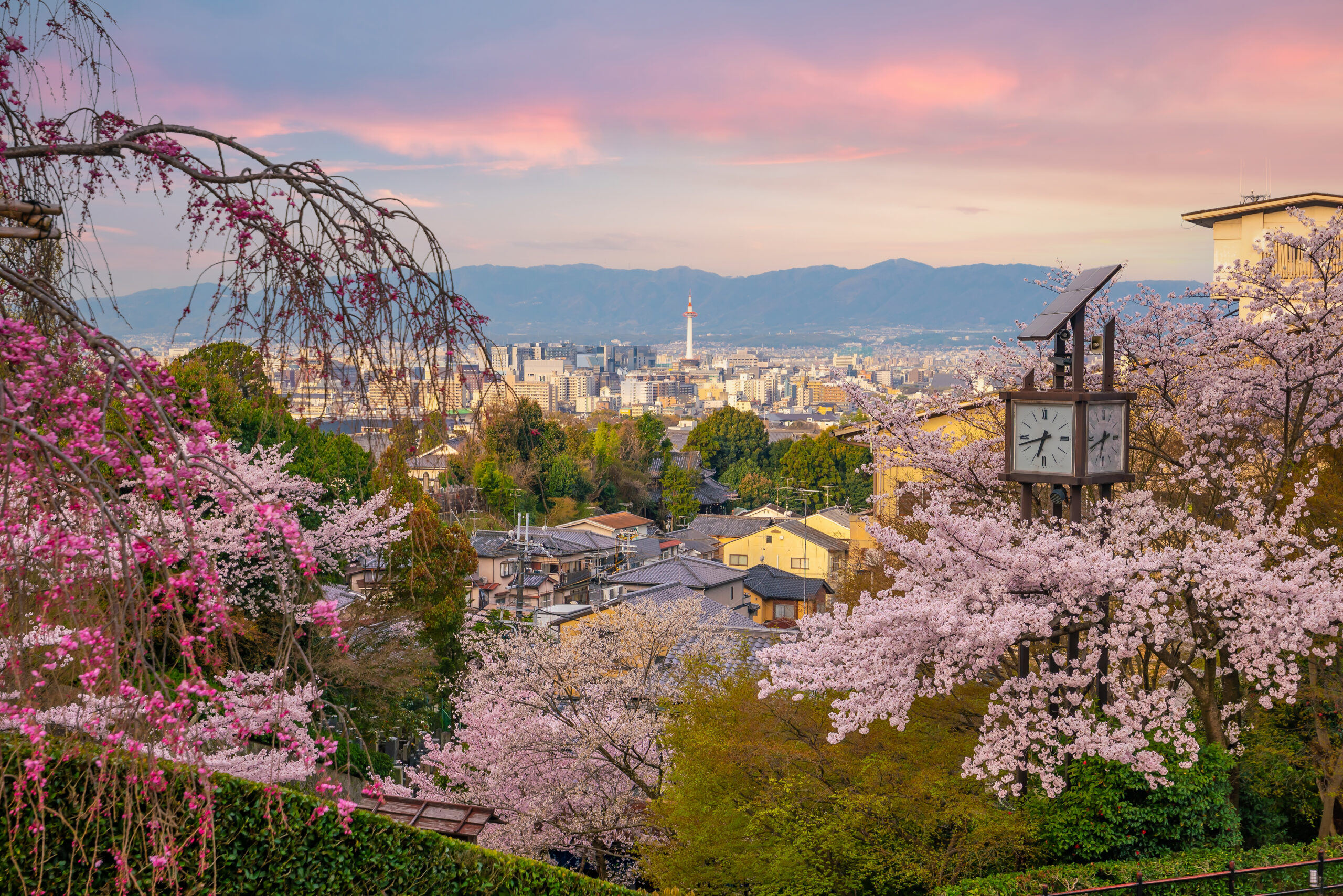The former imperial capital is making a bold move. Starting in March 2026, travelers staying at Kyoto’s most luxurious properties will pay approximately $65 (10,000 yen) in tourism tax per person, per night. This tenfold increase from current rates makes it the highest tourist tax in Japan.
Kyoto is attempting to regain control over visitor numbers that have spiraled beyond capacity. Last year, nearly 37 million international visitors arrived in Japan, shattering the 2019 record. The city of 2,000 temples finds itself at ground zero of this tourism explosion.
A Tiered System Based on Accommodation Tier
The new tax structure includes five distinct brackets. Budget accommodations under $130 per night maintain a minimal tax of roughly $1.40. Properties between $130 and $330 will see their levy double from last year to around $6.50. The rate climbs to $26 for the next category, covering hotels priced between $330 and $660 per night.
The municipal government reserves its most aggressive rate for high-end properties: beyond $660 per night, guests will pay an additional $65. This progressive structure aims to make wealthier travelers contribute more substantially to funding strained infrastructure. City officials project annual tax revenue will more than double, rising from $35 million to $78 million.
Note: Dollar amounts for tax brackets are approximate and fluctuate with the EUR-YEN and USD-YEN exchange rates. Official prices are set in yen.
Residents at Breaking Point

Tensions between residents and tourists have deteriorated sharply since post-COVID reopening. The historic Gion district, where geiko and their maiko apprentices perform, has become the epicenter of conflict. Visitors wander into private alleyways and aggressively pursue kimono-clad artists for social media photos. Some streets have been closed to the public following resident complaints.
Beyond inappropriate behavior, the entire urban infrastructure is buckling: overcrowded public transit where locals struggle to board, overwhelmed heritage sites, and garbage accumulating in streets. The city wasn’t built to handle such volume. Other Japanese destinations are implementing similar measures: Ginzan Onsen, an Instagram-famous hot spring town, now prohibits entry after 8 PM without a hotel booking. Mount Fuji has introduced daily visitor caps and entrance fees.
A Global Movement Toward Tourism Regulation
Kyoto joins a worldwide trend of destinations attempting to manage visitor flows. Venice introduced a daily tax in 2024 for day-trippers. Edinburgh became the first British city to adopt a similar system in January 2025. Barcelona, Amsterdam, Maya Bay beaches in Thailand, and Machu Picchu in Peru are all experimenting with various approaches: quotas, mandatory time slots, and deterrent pricing.
Japan faces an inherent contradiction: while the national government targets 60 million visitors by 2030, the country’s most iconic destinations are multiplying restrictions. The persistently weak yen continues to attract international travelers enjoying favorable purchasing power, transforming certain sites into overcrowded destinations where the experience deteriorates for everyone.

